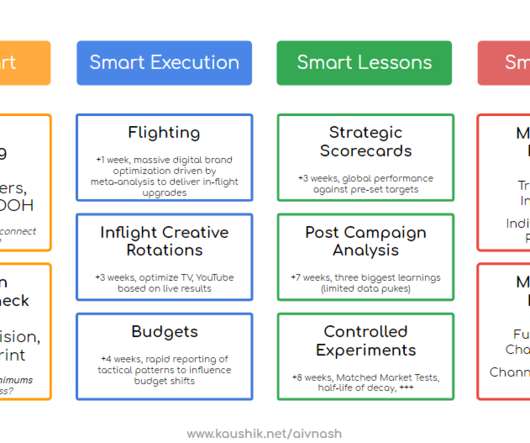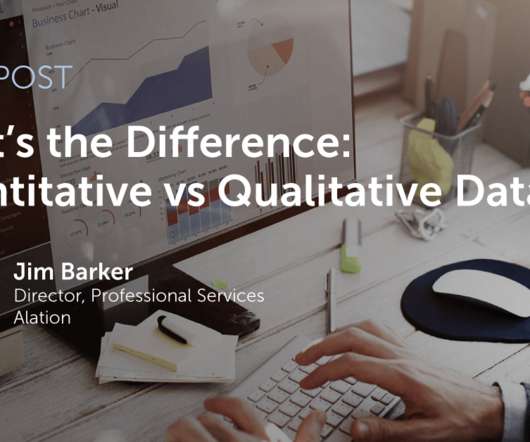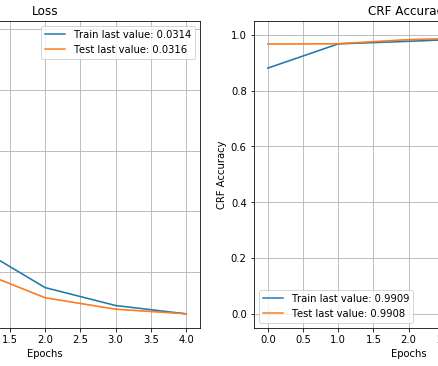Top 10 AI graduate degree programs
CIO Business Intelligence
JANUARY 26, 2024
Carnegie Mellon University The Machine Learning Department of the School of Computer Science at Carnegie Mellon University was founded in 2006 and grew out of the Center for Automated Learning and Discovery (CALD), itself created in 1997 as an interdisciplinary group of researchers with interests in statistics and machine learning.
















Let's personalize your content